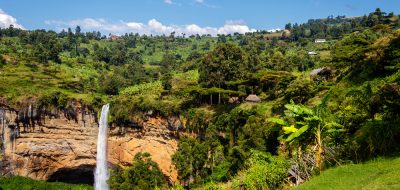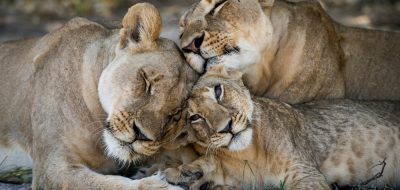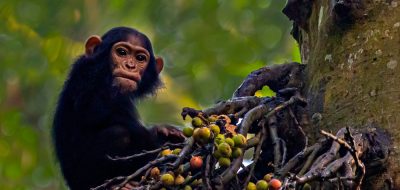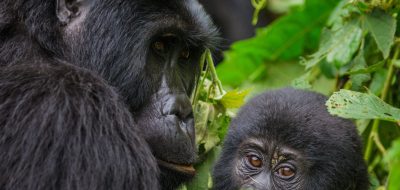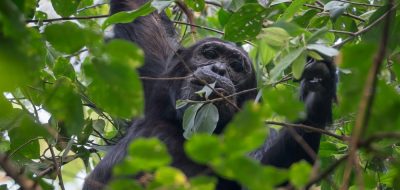The best time to visit Kibale Kibale National park is open for game viewing all year round but the best time to visit is in the dry seasons from June to September and December to February. March to May and September to November mark the wet season, where wildlife viewing is quite challenging, but it is a good time for bird watching. For someone doing a 2-3 day safari, chances of spotting chimpanzees are very high at any time of the year. In brief; Best time to visit is June to September and December to February (trails are drier and chimpanzee trekking is easier) Peak season; June to September Low season is March, April, May, and November (it is the rainy season and some camps and lodges are closed) Best weather conditions: June, July and December to February (there is less rainfall during this time.) Worst Weather conditions: March to May and September to November (there is heavy rainfall and trails become hard to travel) The dry season: June to September, December to February These are the driest and hottest months but they are the best for chimpanzee tracking. The forest is less dense and the chimpanzees are much easier. There is a lot of sunshine during this season, and very little rain. There are very few or no mosquitoes at all so chances of contracting malaria are very minimal. Because it is peak season, there are a number of tourists, so it is common to encounter other people while chimpanzee trekking but the park and forest never gets really crowded. The Wet season: March to May, September to November Typical of rainforests, the park is beautifully green during this season. There are migratory birds in the park, making this the best time to go bird watching. The chimpanzees are usually harder to track, especially since the trails are slippery and challenging to traverse during this period. It is also quite hot and humid during this time. Kibale National Forest has one of the highest diversity and concentration of primates in Africa. It is home to a large number of endangered chimpanzees, as well as the red colobus monkey and the rare L’Hoest’s monkey. The park is also home to over 325 species of birds, 4 wild fellids, 13 species of primates, a total of at least 70 other species of mammals, and over 250 tree species. The predominant ecosystem in Kibale is moist evergreen and semi-deciduous forest. Much of the forest was logged during its time as a Forest Reserve, and some exotic species of trees were planted in plantations (pines and eucalyptus). Since the national park was gazetted many of these introduced trees have been removed and logging has ended. Kibale is highest at the park’s northern tip, which stands 1,590m above sea level. The lowest point is 1,100m on the floor of the Albertine Rift Valley to the south.]]>


